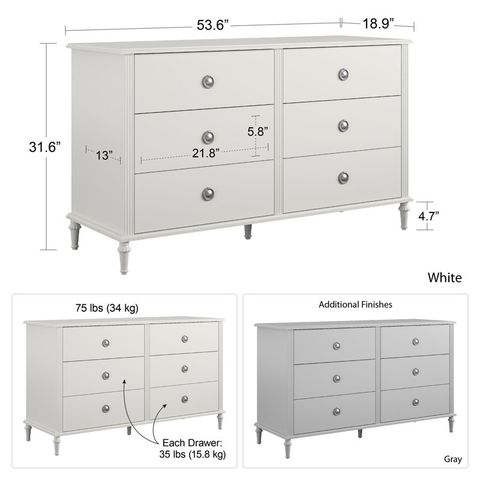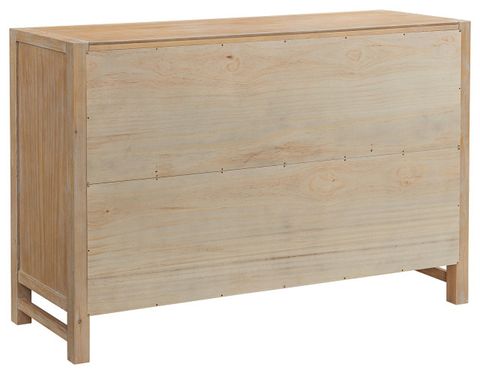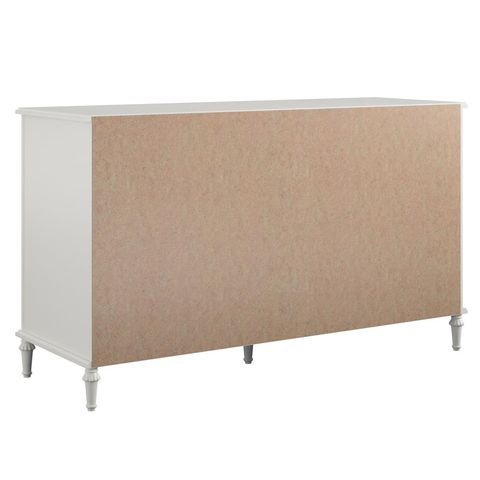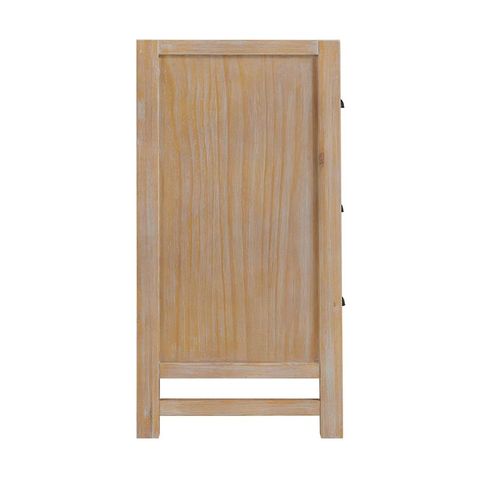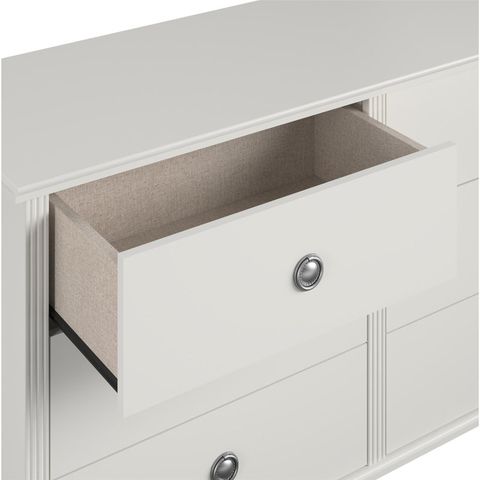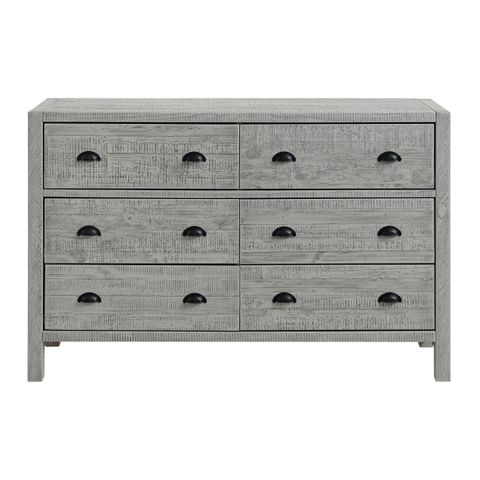Every piece of exceptional wooden furniture tells a story that begins long before it graces your living room. It’s a tale of patience, skill, and reverence for materials that spans generations. When you hold a beautifully crafted wooden table or chair, you’re touching something far more than mere wood – you’re experiencing the culmination of countless hours of craftsmanship that bridges the gap between artistry and functionality.
There’s something magical about wooden furniture that transcends its practical purpose. Whether it’s a dining table that has been passed down through generations or a bookshelf that perfectly complements your study, quality wooden pieces possess a quality that cannot be replicated by mass production. But what exactly sets these exceptional pieces apart? What goes into creating furniture that stands the test of time? This isn’t just about the wood itself – it’s about understanding the deep-rooted traditions, meticulous processes, and unwavering dedication that define true craftsmanship in woodworking.
The Foundation: Selecting the Right Wood
The journey toward exceptional wooden furniture starts long before any tools touch the material. The choice of wood is fundamental, and it’s where the magic truly begins. Different species offer unique characteristics that influence everything from appearance to durability. Oak brings strength and classic beauty, while cherry develops a rich patina over time. Maple offers a smooth, even grain that’s perfect for detailed work.
Consider a master cabinetmaker who spends days examining wood samples under different lighting conditions. They’re not just looking for pretty grain patterns – they’re assessing grain direction, checking for defects, and ensuring the wood’s stability. The wood must be properly seasoned, typically requiring two to four years of drying time to prevent warping or cracking once the piece is completed. This careful selection process is often overlooked but is crucial to the final outcome.
A good example might be a handcrafted dining table made from reclaimed oak. The wood’s history adds character, but the selection process involves checking each piece for straightness, absence of knots, and overall structural integrity. This attention to detail at the beginning ensures that the final piece will be both beautiful and enduring.
Time-Honored Techniques Passed Down Through Generations
Craftsmanship in woodworking is built upon techniques that have been refined over centuries. These aren’t just methods – they’re wisdom passed down through apprenticeships, family traditions, and hands-on experience. Traditional joinery techniques like mortise and tenon, dovetails, and dovetail joints represent the pinnacle of mechanical connection without nails or glue.
Think about how a skilled craftsman might approach a simple drawer. The joints must be precise enough that when assembled, the drawer slides smoothly and holds its shape for decades. This requires not just skill, but understanding of wood behavior. Wood expands and contracts with humidity changes, so craftsmen account for this naturally in their designs. A drawer that fits perfectly today might need adjustment after years of temperature changes, but a well-made joint will accommodate this movement gracefully.
These ancient methods aren’t relics of the past – they’re proven systems that continue to outperform modern alternatives. When you see a piece of furniture with perfectly aligned joints and seamless connections, you’re witnessing the application of these timeless principles. The difference between a $50 store-bought dresser and a $500 handcrafted one often lies in whether those joints were cut by hand or machine, and whether the craftsman understood how to work with the wood’s natural properties.
The Role of Patience in Creating Masterpieces
In our fast-paced world, the concept of patience seems almost foreign to many. Yet, quality woodworking demands an almost meditative focus that can take weeks or months to complete what others might rush through in days. Consider the process of finishing a wooden piece. A single coat of finish might require several hours to apply properly, and that’s just the first layer.
The traditional approach to finishing involves multiple coats, each requiring careful sanding between applications. This isn’t just about making things look pretty – it’s about building layers of protection that will preserve the wood’s beauty for decades. The craftsman must wait patiently between each step, sometimes for days, to ensure proper drying and curing.
Take the example of a hand-carved wooden chair. The carving itself might take several days, but the finishing process could easily extend another week. The wood needs time to settle, the finish to cure completely, and the craftsman to carefully inspect each surface. Rushing any part of this process compromises the final result. A piece that looks rushed often shows it – the finish may be uneven, the joints might not align perfectly, and the overall quality suffers. True craftsmanship recognizes that some things simply cannot be rushed.
Attention to Detail That Makes the Difference
It’s the small things that often separate good furniture from exceptional pieces. A craftsman’s eye catches imperfections that others might miss – a tiny splinter that could catch fabric, an edge that’s slightly off-square, or a surface that isn’t quite smooth enough. These details matter because they affect daily use and long-term satisfaction.
Consider the edge treatment on a wooden table. A perfectly rounded edge that feels smooth to the touch makes a significant difference in comfort. The craftsman might spend extra time on this simple detail, using specialized tools to create a radius that feels right in hand. They’re not just making a table – they’re crafting an object that will be touched, sat on, and used every day.
The same applies to the back of a chair or the underside of a table. While these areas might never be seen, they still deserve care. A well-finished back panel prevents moisture from accumulating and potentially causing damage. Proper support structure underneath ensures the piece won’t wobble or collapse over time. These thoughtful considerations show respect for the end user and the longevity of the piece.
Tools of the Trade: From Hand Tools to Modern Equipment
The tools a craftsman uses play a significant role in the final result. While modern equipment can certainly speed up certain processes, many master craftsmen still rely heavily on traditional hand tools for critical work. A sharp chisel, a perfectly balanced plane, or a hand-sanded surface created with sandpaper and a block represent the heart of traditional woodworking.
However, this doesn’t mean that modern technology has no place in quality furniture making. Computer numerical control (CNC) machines can produce precise components quickly, especially for complex shapes or repetitive elements. But the final assembly and finishing still rely on skilled hands. The combination works best when the craftsman understands both approaches and knows when to use each.
A good example is a custom-built bookcase. The CNC machine might cut the shelves to exact specifications, but a skilled craftsman will handle the assembly, ensuring all joints fit perfectly and the final product is square and stable. The precision of the machine provides consistency, while the craftsman’s touch ensures perfection. This hybrid approach allows for both efficiency and quality.
The relationship between tool and craftsman is symbiotic. A master craftsman learns to work with their tools, understanding how each one behaves and how to get the best results from them. A dull blade produces poor cuts, while a well-maintained tool makes even difficult work manageable.
The Human Element: Why Craftsmanship Matters
What ultimately separates mass-produced furniture from handcrafted pieces is the human element. Every scratch, every imperfection, and every intentional flaw tells a story about the person who made it. This isn’t necessarily a negative – sometimes the subtle irregularities that come from handcrafting add character that machines simply cannot replicate.
A handcrafted wooden table might have a slight variation in the grain pattern that gives it uniqueness. The slight imperfection in a drawer’s alignment might be a result of the wood’s natural movement during the finishing process. These aren’t flaws – they’re signs of authenticity and the honest work of a craftsman who cares about their creation.
The personal investment that goes into each piece is evident. When a craftsman takes pride in their work, it shows. The way they handle a piece, the attention they give to every detail, and the care they put into the finishing process all contribute to the final result. This personal touch is something that cannot be replicated by machines or assembly line processes.
Consider a family heirloom piece passed down through generations. The craftsmanship involved isn’t just about technical skill – it’s about intentionality, love, and care. The craftsman knows this piece will be used and appreciated for years to come, so they invest extra effort in ensuring it meets the highest standards. This kind of commitment creates lasting value that goes beyond simple function.
Quality wooden furniture represents much more than a functional item – it embodies a tradition of excellence that has endured for centuries. The craftsmanship behind these pieces is a testament to human skill, patience, and respect for materials. From selecting the perfect wood to applying the final coat of finish, every step requires attention to detail and an understanding of how wood behaves over time.
When you encounter a piece of exceptional wooden furniture, remember that it carries within it the knowledge, experience, and dedication of someone who understood that true quality comes from taking the time to do things right. The investment in handcrafted pieces pays dividends not just in beauty and durability, but in the stories they tell and the memories they help create. In a world full of quick fixes and instant gratification, quality wooden furniture reminds us that some things are worth waiting for, and that the best results come from the marriage of tradition and skill. It’s not just about the wood anymore – it’s about the human spirit that transforms raw materials into lasting treasures.

